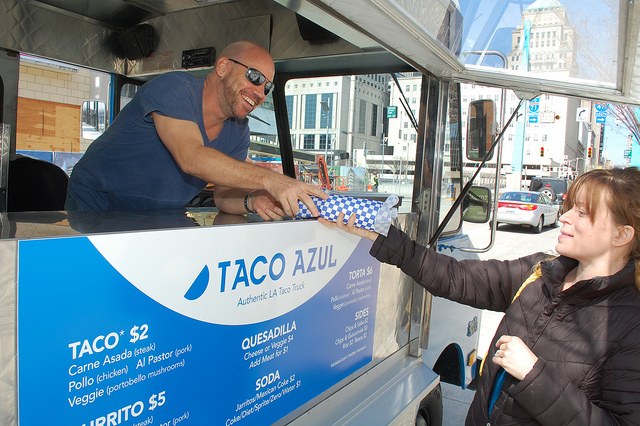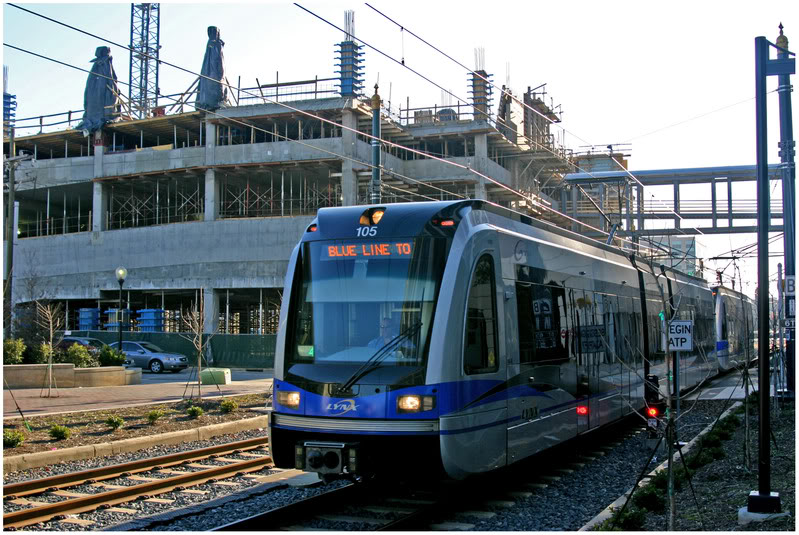Molly Wellmann and Leadership Northern Kentucky have partnered with Neon’s Unplugged and Covington’s Homeward Bound Runaway Shelter to host an event March 31 from 6pm to 9pm at the Famous Neon’s Unplugged. This night highlights the efforts and works of Cincinnati’s premier mixologists.
Wellmann, who is opening her own bar this summer, explains, “Bartending used to be such a respected occupation. It’s kind of fallen away from that, but we’re trying to bring that back.”
Wellmann, a Colerain High School graduate, got her start in cocktail mixlogy by convincing the owner of Chalk Food + Wine in Covington, that she could make classic and craft cocktails. “I totally fibbed,” she says. “I had no idea. I guess it was one of those ‘fake it until you make it’ things. I had to go home and Google ‘craft cocktails.’”
She was soon immersed in the world of cocktail mixology, surrounding herself with the history and lure of the once noble profession, which she now extols to many of her patrons. “I love to introduce new drinks for people to want,” she says. “That’s my favorite thing to do. I love to tell them the story behind their cocktail and give them an experience besides just getting a drink. After they’re done with the drink, they can take the story with them.”

The desire to introduce new things for people to want is what led Wellmann to Leadership Northern Kentucky (LNK), a group of 40 emerging regional leaders deeply immersed in a fundraising project to furnish the Homeward Bound Runaway Shelter in Covington. The leadership group, a program of the Northern Kentucky Chamber of Commerce, approached Wellmann about helping out with a fundraising event. She ran with it, rallying some of the region’s top bartenders and mixologists to the cause.
Wellmann’s Molly’s Rose-Covered Pectorals is highlighted, as are original creations by Joshua Laichas of Milton’s Prospect Hill Tavern; Chris Blagg of The Famous Neon’s Unplugged; Bret Schulte of Down Under Tavern; Stuart MacKenzie of Mayday; Rom Wells of Rookwood Bar and Restaurant; Adrian Bakie of The Comet; K.K. Keller of The Lackman Bar; Kim Denzler of Mainstay Rock Bar; Sam Ginocchio of the soon-to-open A Tavola; and Julie Paul of Maribelle’s Tavern.
A book will be available at a March 31 public kick-off party at Neon’s (208 E. 12th Street). The cost will be $5, and thanks to the generosity of B+P+T Communication Solutions, xpedx, Lucky Rabbit Studio and photographer Tiffani Fisher, 100 percent of the proceeds will benefit Homeward Bound.
Additionally, from 6pm to 9pm on March 31, Neon’s will donate $2 for each of the book’s classic cocktails sold. And for the entire month of April, each of the businesses highlighted in the book will donate $2 for each of the featured cocktails it sells.
“What makes this project special is that, at its core, it’s about building community and making connections,” said Jody Robinson, a member of Leadership Northern Kentucky and chair of the March 31 event. “People are doing inspiring things everywhere. We only have to be willing to look, share and appreciate. Doing the same old thing – where’s the leadership in that?”
Molly Wellmann photograph by Thadd Fiala for UrbanCincy.











